Rhino High Fidelity Series Monkees Album First Time Cut From Original Master Tapes
worth getting for the annotation but you'll remain seated for the music
Back in the mid '60s, the popularity of The Monkees mystified many a maturing adolescent craving authenticity not just in music but in everything. According to a Wikipedia post then aspiring filmmaker Bob Rafelson developed "the initial idea" for The Monkees in 1962, well before Beatlemania arrived in America, and for that matter in the U.K. as well. The Wiki story doesn't make clear precisely what was "the initial idea", but whatever it was, it could not have been at the time a "Beatles rip-off".
Rafelson's idea went nowhere until 1964 when for obvious reasons it did! The group was an artificial creation and at first "purists" were aghast that they didn't play their own instruments—not that the "genuine" group The Byrds did on its first wildly popular single a cover of Bob Dylan's "Mr. Tambourine Man" (and the single's flip side, Gene Clark's haunting "I Knew I'd Want You") on which a group of studio musicians who would later be called members of "The Wrecking Crew" played all, other than Roger McGuinn's distinctive guitar.
The Monkees eventually got their wish to play their own instruments—which by contract was at first forbidden. By the time this record was recorded spring through fall of 1967 and released that November, the band members were able to play many of the instruments and had full creative control.
The Monkees always had great songwriters providing the hit tunes. On this record, which sold in excess of 3 million copies and was a #1 hit album, there are tunes by Mann-Weill, Harry Nilsson, Tommy Boyce-Bobby Hart (who wrote many Monkees hits), Jeff Barry-Ellie Greenwich, Michael Martin Murphey, and Goffin-King. Producer Chip Douglas also contributed a song as did Monkees Nesmith and Davey Jones—around whom the original band was created.
You could argue that the star of this reissue is A&R supervisor Andrew Sandoval and that his annotation is reason enough for you to buy this reissue even if you are not and don't think you will ever be a Monkees fan.
First the explanation for why this is the first time the album has been released cut from the original master tapes. The original tapes had been twice transferred to adjust EQ, level and compression, necessary (the liner notes claim) for "consistent cuttings at RCA's Indianapolis, Iowa; Rockaway, New Jersey; and Hollywood, California" pressing plants. Iowa? Well Mr. Sandoval is entitled as we all are to make a mistake, but how could no one editing catch it?
Obviously the plant was in Indiana. Every record manufactured by RCA and Columbia in the "golden age" were pressed at a trio of plants—Columbia's were in Pitman, NJ; Terre-Haute, Indiana; and Santa Maria, California; so as we all know, cutting masters were produced for all 3 pressing plants for all records and original tapes were almost never used. How could they be? As we've come to learn, Columbia's code meant that -1A, -1B and -1C were all "first pressings", with A going to Pitman, B going to Terre-Haute and C going to Santa Maria (the evidence was on a tape box photo Sundazed founder Bob Irwin once sent me).
Regardless of all of that, this record was cut for the first time using the original master tapes and how they came into Rhino's hands and why they'd not been previously used for other reissues is part of the story and it's absolutely fascinating and I'm not giving it away.
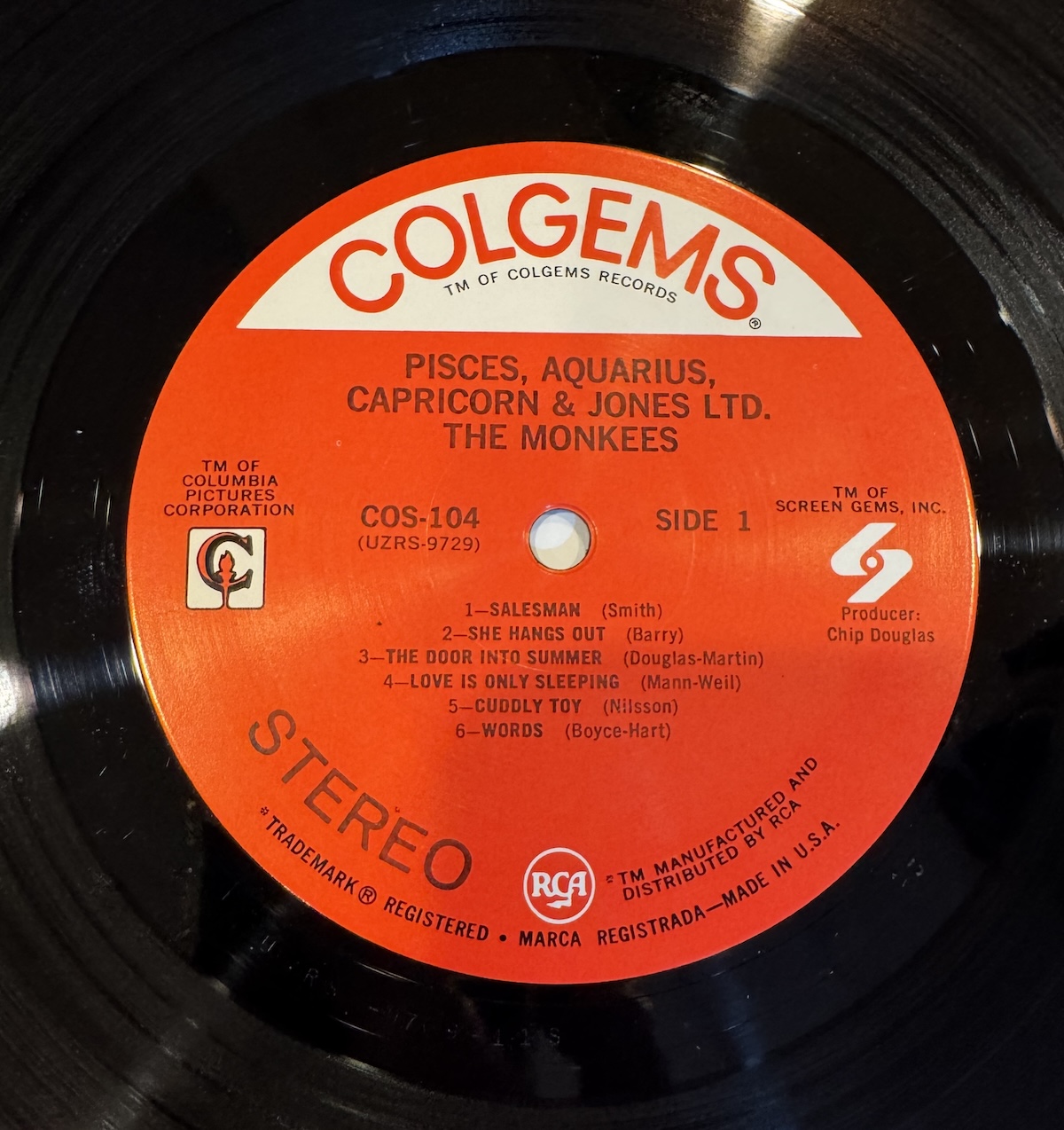
An original Colgems pressing like this one (mine) was referenced here for song to song level matching but no EQ was added or subtracted and no compression was applied so ironically you could say this reissue was done the way The Electric Recording Company does its rock reissues and the results are similar.
First the timbral balance is remarkably similar to the original: sunshine bright and definitely bass shy. But that's accurate and I think as it should have been done. However, minus the compression the vocals sound small, and somewhat distant. The compression brought the vocals forward and produced "rock like" punch. The recordings were produced at RCA's 4 legendary studios: Music Center of the World, Hollywood, RCA's Studio B in New York City (destroyed to accommodate IRS offices) RCA's "Nashville Sound" Studio in Iowa (sorry couldn't help my vicious sarcastic pick at scabs self) and Chicago. So the sound is outstanding and spacious, in some ways similar to what Dave Hassinger did with The Rolling Stones on Aftermath a sonic oddball in the Stones catalog.
In discussing the songs, Sandoval references many things but avoids the "B" word, claiming for instance that the opener "Salesman" was modeled after Doug Sahm's Sir Douglas Quintet but you'll surely hear "Taxman". When I think of Doug Sahm I can't help but think of the time I interviewed him in a New York City hotel after he'd signed to Atlantic and he used the opportunity to sit on the toilet while we spoke. I didn't take it as personal or as an editorial comment but more as a natural occurrence. Did you know that Andy Partridge was a Monkees fan? Makes sense, right? But who knew?
So many rock stars and execs are woven into the annotation, helping to make this release a bit of history worth your attention, plus The Monkees were far better than some give them credit for being and they were not "the pre-fab four". Those were The Rutles.
Peter Tork never really got to sing much on Monkees albums, though he was a pretty decent singer. His only contribution was a bit of comedy preceeding "Pleasant Valley Sunday". I lived down the block from Peter in Venice, California in the late '70's early '80s. Totally nice, down to earth non-rock star you'd appreciate meeting.
Limited to 5,000 individually numbered copies, the LP is available exclusively from Rhino.com. Order HERE. It's worth getting for the annotation alone, but you'll stay for the music.



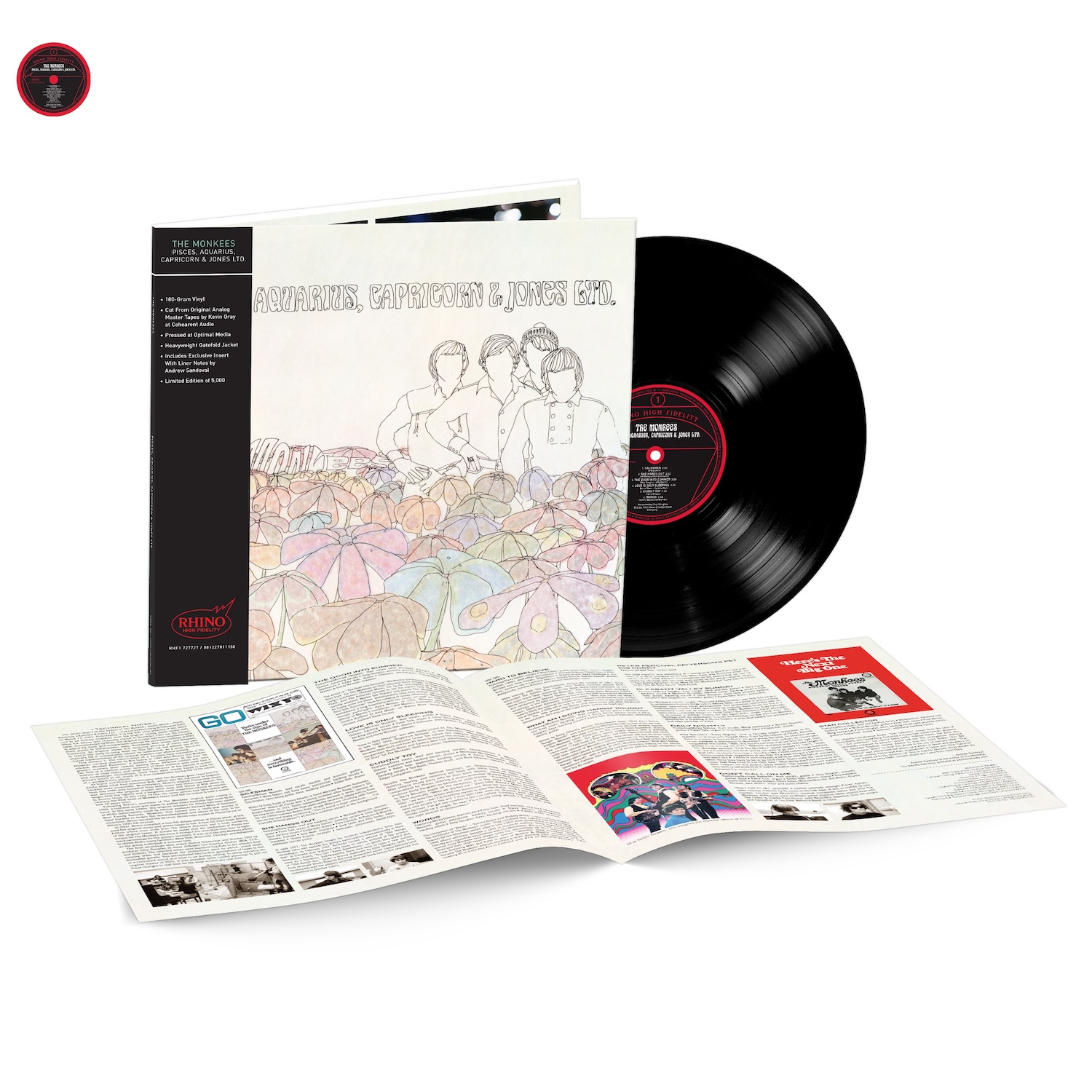




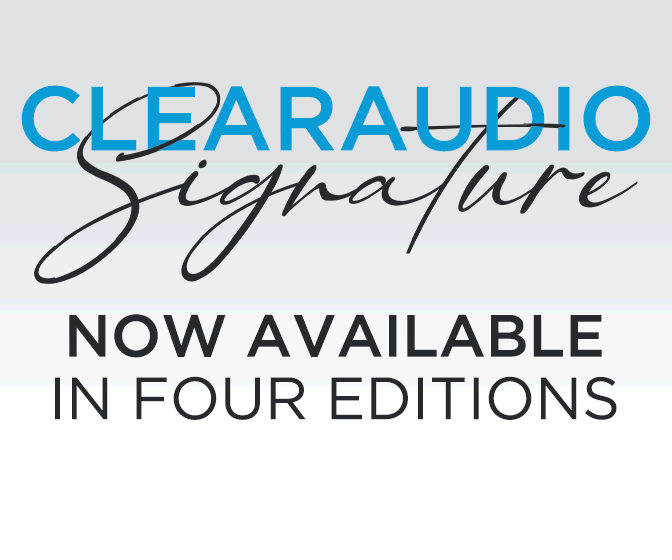

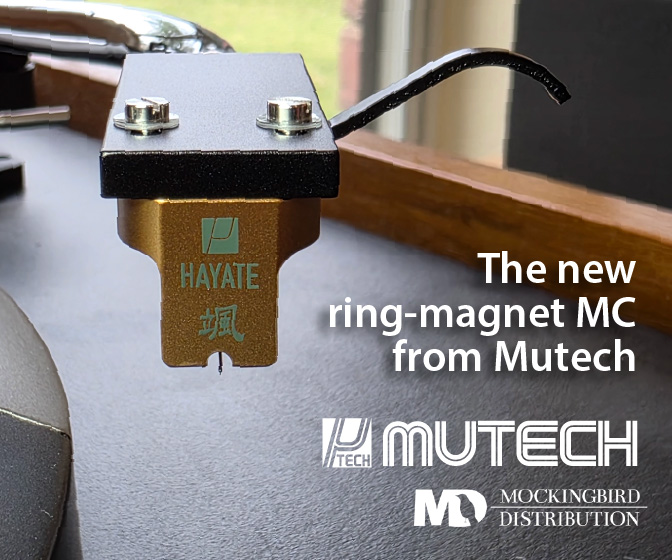



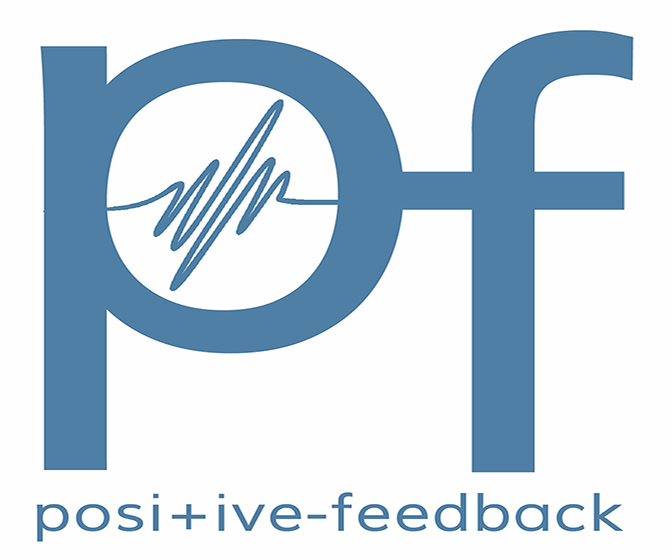




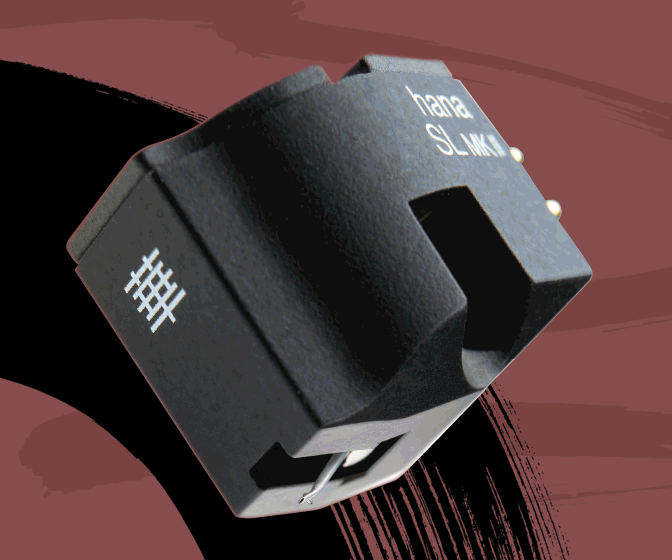


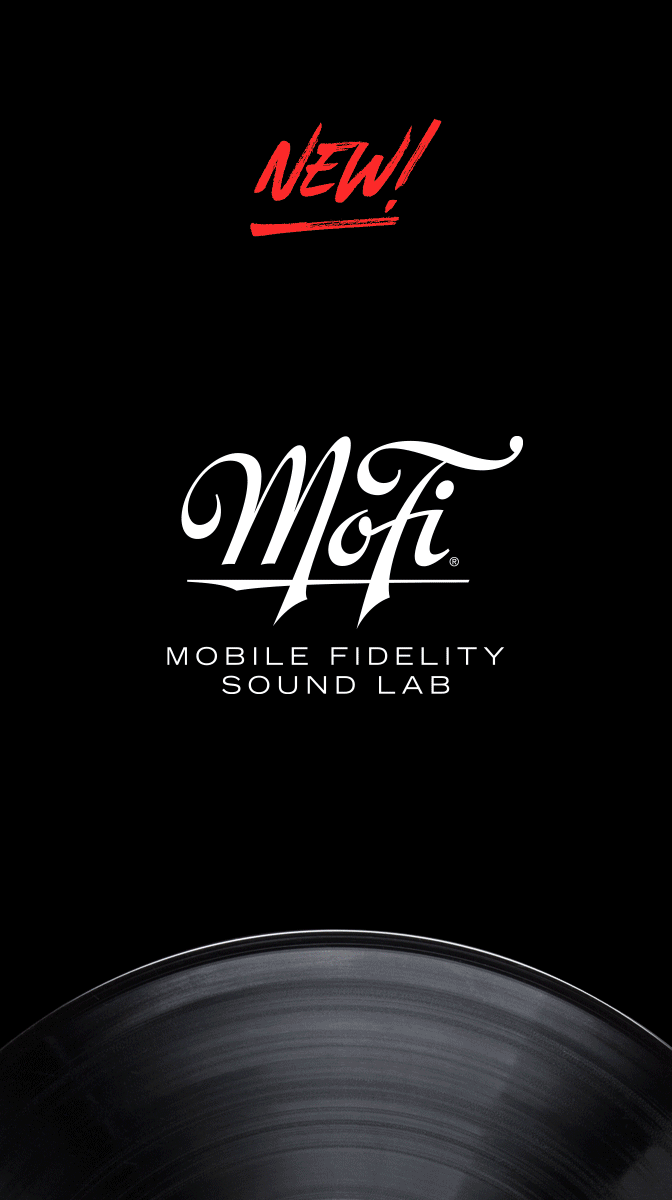



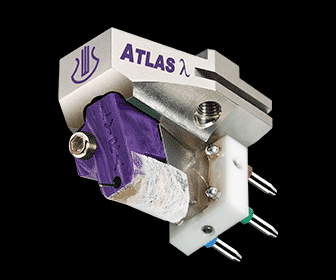

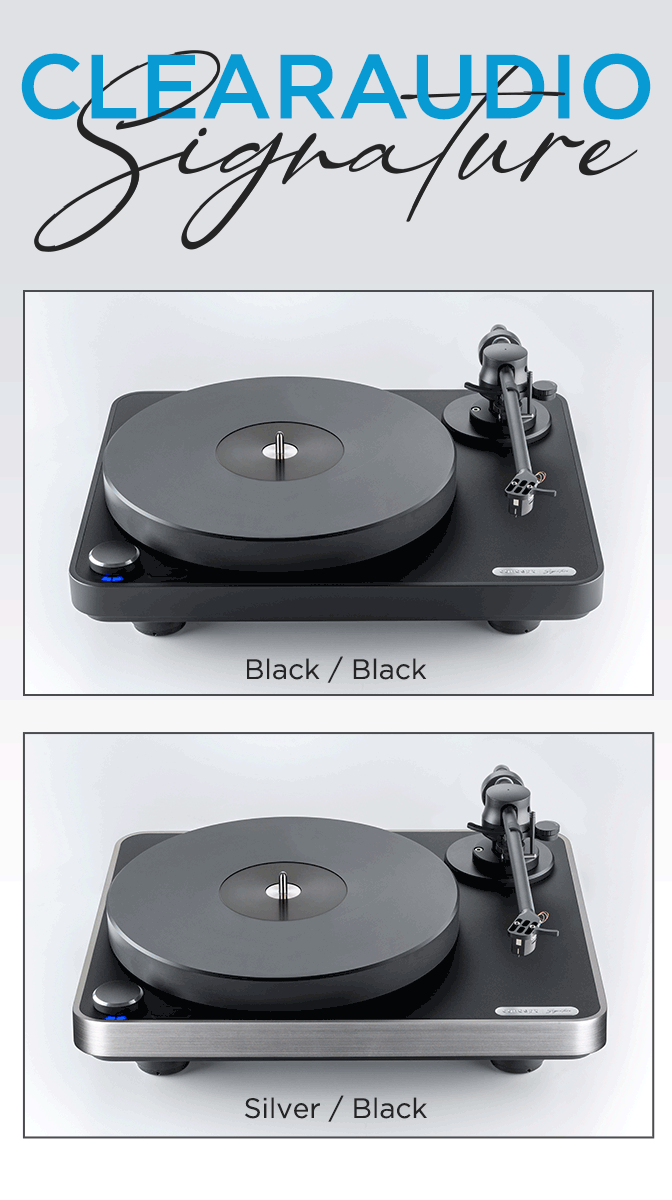
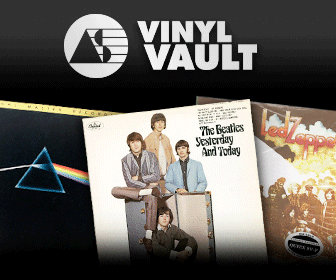


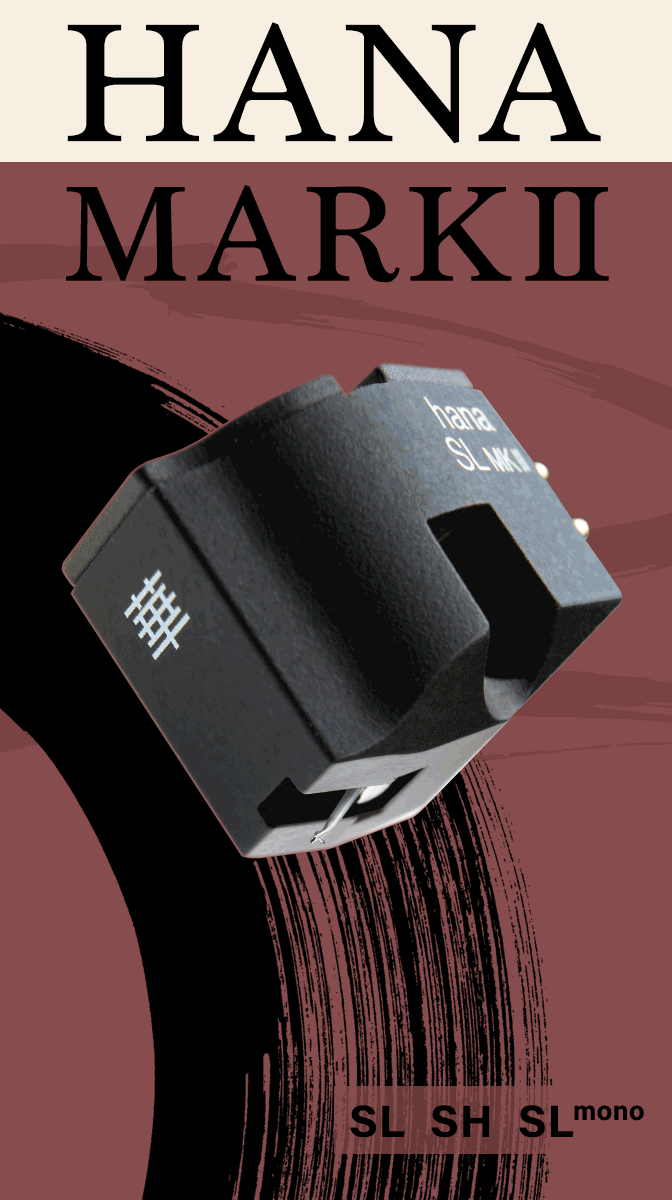


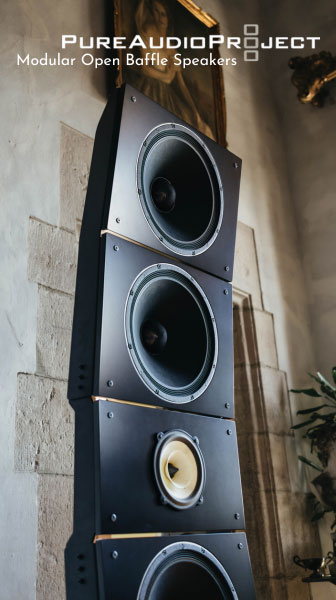
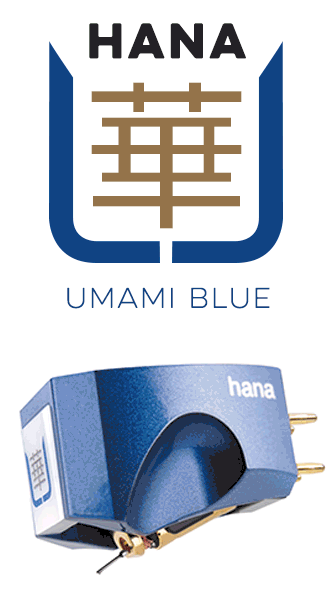





.png)








